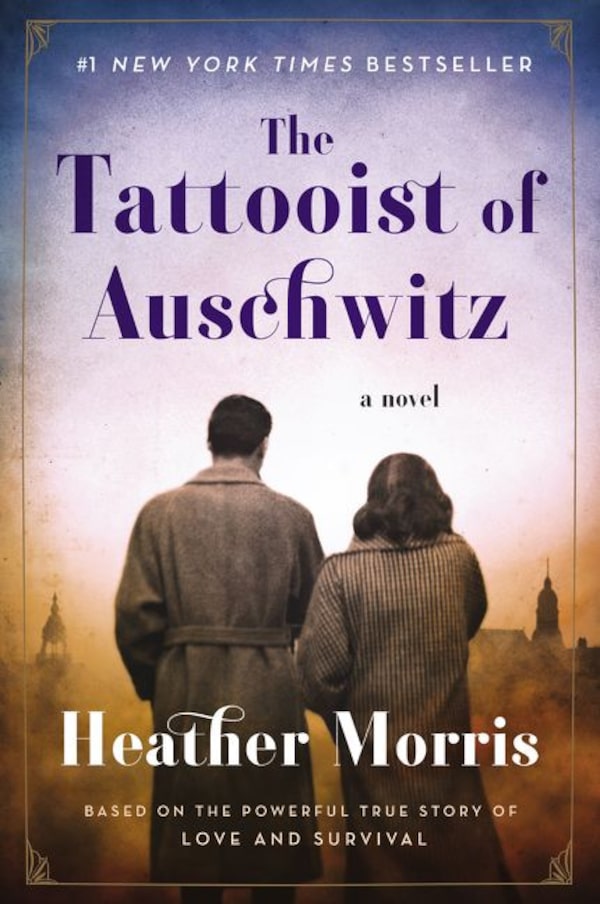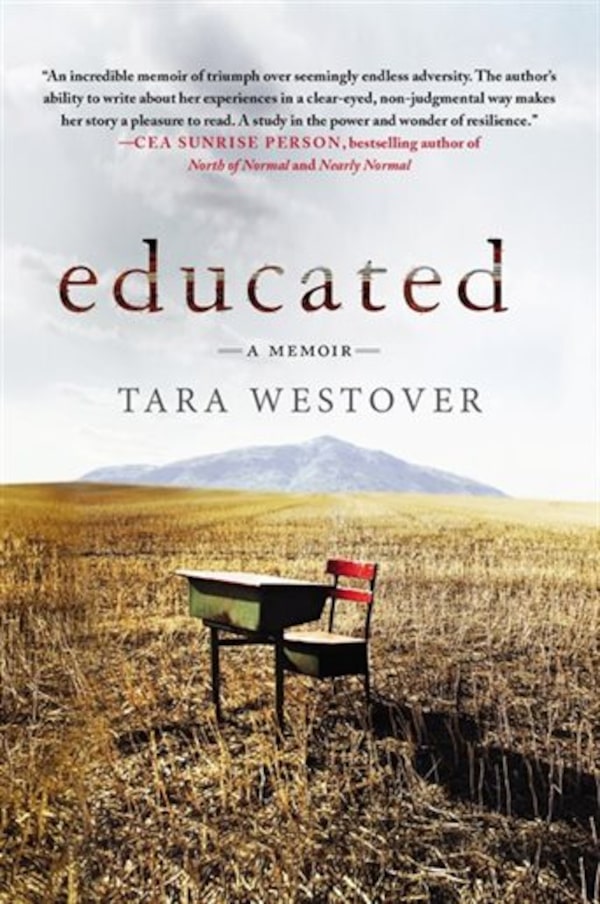About once a week for the entirety of 2018, my friend Dylan Doyle would post a different book cover to his Instagram story, along with an ever-climbing tally of how many books he’d read that year – “Book #5!”, “Book #40!” Dylan has a demanding job plus additional freelance commitments, a long-term partner, two cats, a busy social life and plays soccer every week. That he made the time to achieve his reading goal of 52 books last year is inspiring. It’s also a little bewildering. With so much else that needs to get done, is it really possible to read avidly?
The highly voracious culture of “super readers” – people who set, and reach, impressive yearly goals of reading anywhere from 52 to 150-plus books – would lift their eyes from the page on which their gaze is fixed and say yes.
In recent years, apps used for book tracking have entered the market in a fashion similar to apps meant for fitness and wellness goals. Litsy, Bookling and Libib, to name a few, all allow users to make lists of books they want to read, track how many of those titles they get to and add a review. Just as with goals related to fitness, reading challenges, too, ignite a sense of competition, whether against the progress of others or as a challenge to oneself.
In 2011, Toronto-based creative consultant Stephanie Pellett started tracking her reading progress on Goodreads, a leading online book cataloguing platform with 85 million readers who index and review the books they’ve read. For her first year as a member of the database, she didn’t set a goal. In 2012, she resolved to read 75, and made it to 54. Every year after that, she’s managed to read 75 books annually – roughly a book and a half each week. This year her goal is 100. (As of late February, she’s at 17.) Pellett says she reads during her lunch hour, as well as in the evening instead of watching television. “At some point I realized I’m going to die without having read all the books I want to read,” she says.
Ameema Saeed, a Toronto-based book blogger who spends her twice-daily GO train commutes reading, has long managed to finish 125 books a year. “You do have to consciously carve out time,” she says, adding that much of her progress is made in the evenings and on weekend mornings. “I’ll read until I get hungry enough to leave bed.” Saeed also capitalizes on time spent in lineups, and says she’ll open her Kindle or Kobo apps while waiting to check out at the grocery store. (Saeed’s goal for 2019 is 100 books. According to her Goodreads page, and her Instagram bio, she’s currently at 16.)
For many people, reading is a solitary act – a quietly educational, meditative or leisurely activity enjoyed when our lives offer a window of spare time. The “super reader” method – reading often and posting about it publicly – reconstructs that dynamic by socializing and gamifying the triumph of having read. It also increases the pressure. As my friend Dylan posted his weekly book updates to Instagram, I felt both in awe of his dedication and ashamed of my own less literary priorities. What I’m not envious of is that he spent the final week of 2018 devouring the last of his quota, cordoning himself off to complete the challenge right up until he hosted a New Year’s Eve party.
“I prioritize reading over things that other people might not,” Saeed says. “Reading is my main hobby. It’s easy to compare yourself to others externally, but I don’t see it as a contest.” Saeed does, however, use her reading goals as a form of repertoire-improvement. “I like to be able to look back at what I read. How many of those books were by women of colour? How many featured queer protagonists?” On her Instagram account, Saeed posted a handwritten checklist of qualitative criteria she wants to integrate into this year’s goal: a book set in Asia, a book with a transgender protagonist of colour and a book with a body-positive message, as a few examples.
(Though recommendations shared on book-tracking platforms offer a marketing boost for authors and publishers, super readers seem to share an affinity for the library. Pellett notes that living near her local library branch is a factor in the amount she reads.)
Amrit Pal Singh, the New Delhi-based creator of reading app Bookling, says his team added motivating tools such as reminders and achievement badges to help readers stay on track. The average user’s reading goal is between 15 and 80 books, he says, with the highest volume of engagement occurring in December. Singh says that the updated version of Bookling, currently in development, will allow users to set monthly goals, as yearly goals can become too overwhelming. He estimates that 8 per cent of Bookling users achieve the number they set out to.
Kelly Gallucci, the New Jersey-based executive editor of reading club website Bookish, implemented monthly reading bingo challenges in addition to the site’s overall goal of 52 books annually. (Bookish also leans on qualitative prompts, such as “A book by an author you’ve met”.) “Challenges help keep readers accountable to their goals, so they have something they’re working toward,” she says. “It turns what you’re reading next into a fun game.” Gallucci says that the bingo challenges, all based on different themes, motivate readers to finish an average of four to five books a month, with 90 per cent of the site’s users reading at least one book a week. “We don’t have prizes, so the satisfaction of each user’s own reading is what everyone gets out of it,” she says. While competition is a factor, Gallucci adds, Bookish doesn’t shame users who don’t quite meet their goals.
“I’m not very rigid about targets,” says book blogger Corinne Rodrigues, who is based in Secunderabad, India. “If I don’t make the goal, I let it go. So while reading challenges do motivate me, I don’t let them spoil my enjoyment. Last year I didn’t reach my target of 150, but that’s okay.” Rodrigues, whose goal for 2019 is 100 books, says reading is her preferred method of relaxation. “I can’t fall asleep without a book to read,” she says. “So most of my reading gets done in bed.” In 2016, this tactic helped her read 233 books, though some of them she describes as “light reads.”
Otis Chandler, CEO and co-founder of Goodreads, says the website’s main measure of success is general engagement, not whether goals are met. “A lot of our members tell us it’s strangely satisfying to mark a book as read on Goodreads,” he says. So far, two million people have signed up to participate in 2019’s Goodreads challenge, for which the platform sends quarterly updates reminding readers of their progress. Chandler adds that users can edit their goals if they find themselves oversucceeding or falling behind. “It’s not about comparing yourself to others,” he says. “Set a goal that’s achievable. Adjust it if you need to.” Chandler himself reads 20 books a year, noting that Ray Dalio’s 592-page book Principles: Life and Work took him three months. Forty per cent of Goodreads challenge participants set goals of 11 to 25 books.
Even without setting goals by quantity, it’s not always easy to plunk down and read. But the super readers find a way.
“I think you have to find the balance between considering reading to be a luxury and considering reading to be a chore,” Saeed says.
“Success isn’t necessarily completing a reading challenge or reading more than another person,” Chandler says. “Success is wanting to read more, and then reading more.”
Top Five Books Marked as Read in the Goodreads Reading Challenge in 2019 (so far)

Becoming
Scholastic Press via SHNS
Harry Potter and the Sorcerer’s Stone

The Tattooist of Auschwitz

Educated

Handout
The Hate U Give
Expand your mind and build your reading list with the Books newsletter. Sign up today.